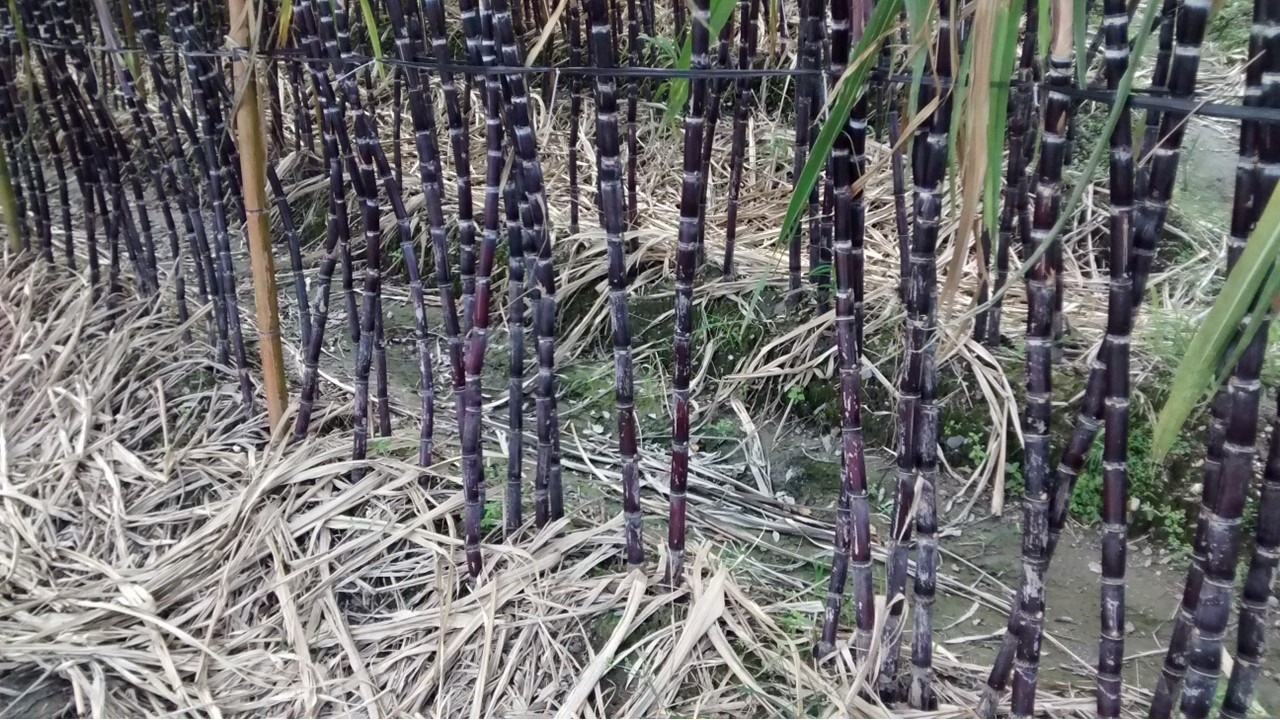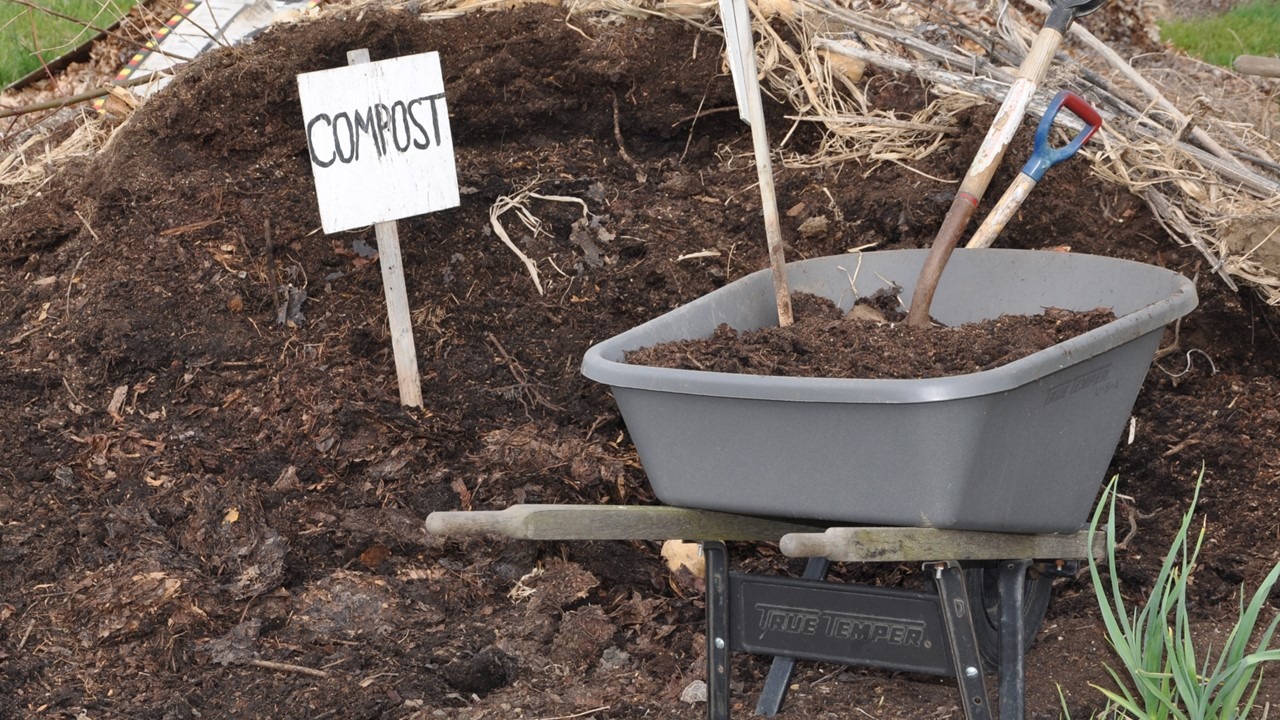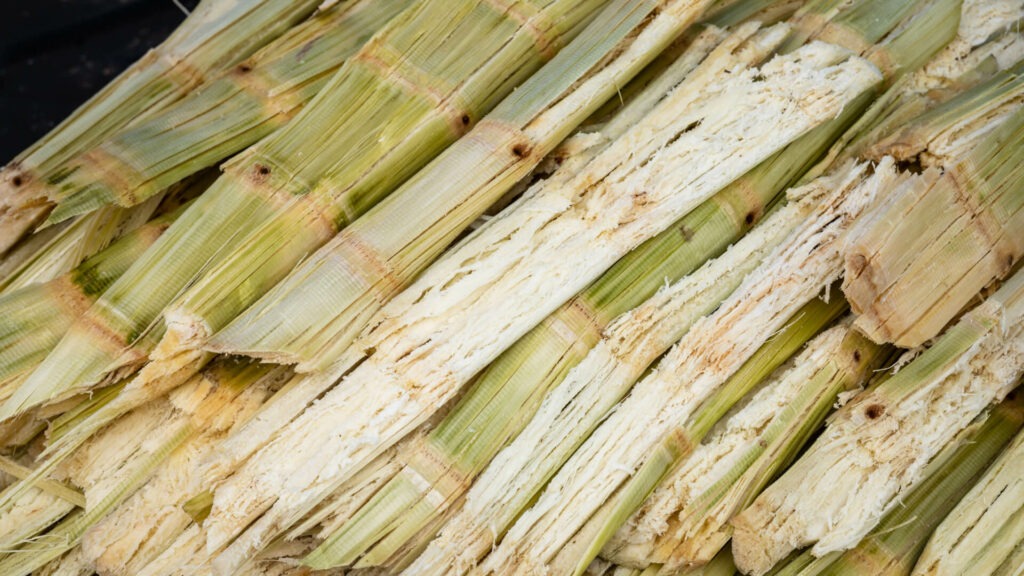Bagasse is a by-product left over from sugar refining with sugar cane as the material. It can be used as an environment-friendly substitute for plastic and in decomposable food packaging applications to reduce the use of plastic. Originating from agricultural waste, bagasse is a rising star as an environment-friendly material with its advantages of good renewability and low carbon emissions. This article will elaborate the characteristics of bagasse and how it is used as an environment-friendly material.
What is Bagasse
Sugar cane is squeezed for juice to make sugar. The sugar that cannot be crystallized forms molasses for the production of ethanol, and the cellulose, hemicellulose and lignin plant fibers are the final leftovers, which is called bagasse.
Sugar cane is one of the crops with the richest production in the world. According to the World Bank, the global production volume of sugar cane in 2021 reached up to 1.85 billion tons in a production cycle as short as 12-18 months. Hence, a great amount of bagasse is produced, which has great potential in applications.
How to Produce Bagasse Material

The bagasse residue produced from the squeezed sugar cane still has a water content of about 50% and must be dried in the sun to remove unnecessary water before it can be used to make plant fiber dining cur. A physical heating approach is used to melt the fibers and transform them into usable bagasse pellets. The processing method of these bagasse pellets is similar to that of plastic pellets and can thus be used to replace plastic to produce all sorts of environment-friendly food packaging.
Bagasse Advantages and Benefits
Low Carbon Material
Bagasse is a secondary material of the agriculture industry. Unlike fossil-based plastic products that require the exploitation of raw materials and cracking for the production of basic materials, bagasse has GHG emissions significantly lower than plastic, making it a type of low-carbon material.
Biodegradable & Compostable
Bagasse is a natural plant fiber that contains rich organic matter. It can be decomposed back to the earth by microorganisms within months and provide nutrients to the soil to complete the biomass cycle. Bagasse does not impose a burden on the environment.
Cheaper Cost
Sugar cane as material for making sugar has been widely planted since the 19th century. After improvement of the varieties for more than one hundred years, sugar cane is currently characterized by resistance to drought, high temperatures and pests, and can be widely planted in the tropics. Under the fixed global demand for sugar, bagasse as a by-product can provide a stable and sufficient source of material without having to worry about scarcity.
Alternatives to Disposable Tableware
Bagasse is composed of fibers and, like paper, can be polymerized and used as a substitute for disposable plastic cutlery, such as straws, knives, forks and spoons.
Sustainable Packaging Materials
Unlike plastic, for which the exploitation and refining of oil are needed, bagasse originates from natural plants and can be produced continuously through agricultural planting without concerns about material exhaustion. In addition, bagasse can be decomposed through plant photosynthesis and composting to achieve a carbon cycle that helps mitigate climate change.
Enhance Brand Image
Bagasse can be used for composting and is sustainable. It comes from renewable waste and is part of sustainable operations. By applying this environment-friendly material, companies can encourage consumers to support green consumption and improve the image consumers have of the brand. Bagasse can meet the requirements of customers who are ecologically aware.
Is Sugarcane Bagasse Eco-friendly? Bagasse VS. Paper products

The raw material of paper, another application of plant fibers, comes from wood and can only be acquired through deforestation. Recycled paper is restricted in pulp content and has limited usage. The current artificial afforestation cannot meet all demands for paper, and may lead to destruction of biodiversity and impact on the livelihood of local people. By contrast, bagasse is acquired from the by-product of sugar cane, which can grow fast and does not require deforestation.
In addition, a great quantity of water is consumed in the paper manufacturing process. Plastic lamination is also needed to make paper water and oil-resistant, and the film will contaminate the environment when it is disposed of after use. No additional plastic lamination is needed for bagasse products to become water and oil-resistant and they can be used for composting after use, which is favorable for the environment.
Why is Sugarcane Bagasse Good for Food Packaging and Cutlery
A Biodegradable & Compostable Eco-Friendly Solution
The plant-based bagasse can be decomposed back to the earth within months. It provides nutrients and is a biodegradable and compostable material.
Home Compostable
The major compostable material on the market is PLA made from starch. Its ingredients include corn and wheat. However, PLA can only be decomposed speedily in industrial composting which requires temperatures of up to 58°C, while it takes several years to disappear at room temperature. Bagasse can be decomposed naturally in home composting at room temperature (25±5°C) and thus suits regular composting situations.
Benefits of Home Composting See: HOW TO COMPOST AT HOME & BENEFITS OF HOME COMPOSTING.
Sustainable Materials
Petrochemical raw materials are formed over a period of thousands of years at high temperature and pressure in the crust, and making paper requires trees to grow for 7-10 years. Only 12-18 months are needed to harvest sugar cane and bagasse can be produced continuously through agricultural planting. It is a sustainable material.
Cultivating Green Consumerism
Meal boxes and dining cutlery are everyone’s daily necessities and using bagasse in them to replace plastic helps to deeply root the concept of green consumption in everyday life, facilitating the reduction of waste and GHG emissions starting from food containers.
Bagasse products: Cutlery, Food Packaging
Bagasse Straws
In 2018, a picture of a sea turtle with a straw inserted in its nose shocked the world, and many countries started to reduce and prohibit the use of disposable plastic straws. Still, straws are indispensable considering their convenience, hygiene and safety and the special demands of children and aged people. Bagasse can be used to replace plastic material. In comparison with paper straws, bagasse does not become soft or have an odor, resists high temperatures, and is suitable for home composting. For example, the renouvo bagasse straw won the Gold Award of the Concours Lépine International Paris 2018 and acquired the BSI product carbon footprint certificate and TUV OK Compost HOME certificate.
Bagasse Cutlery Set
In addition to substituting disposable tableware, renouvo increased the thickness of the design of cutlery made from bagasse and provides consumers with an option to wash the cutlery and use them repeatedly. renouvo bagasse cutlery also acquired the BSI product carbon footprint certificate and TUV OK Compost HOME certificate.
Bagasse Reusable Cup
Renouvo bagasse reusable cups are designed for repeated use and can be used for 18 months after being shipped from the factory. With the characteristic cold and heat resistance of bagasse, the cups can be used for beverages aft 0-90°C depending on personal habits. The cups have passed BSI product carbon footprint and TUV OK Compost HOME certification.
Bagasse bags
Bagasse can be used to make compostable bags to substitute plastic. In addition to being filled with compost and buried directly in the soil, the compostable bags can be used in everyday life.
Bagasse FAQs
Does bagasse decompose in the environment?
Bagasse is a natural organic matter and can be decomposed by microorganisms. It can provide good nutrients for agricultural production if treated properly as part of compost. However, the source of bagasse must be the residue of food-grade sugar cane to avoid concerns about pesticides or heavy metals.
Can unprocessed bagasse be used for composting?
Though bagasse can be used for composting, it has a high fiber content, ferments easily and consumes nitrogen in the soil which affects the growth of crops. Bagasse must be composted in specific facilities before it can be used as compost for crops. Since the output of sugar cane is amazing, most of it cannot be treated and is disposed of in landfills or incinerators.
How to achieve a circular economy with bagasse?
After bagasse is processed into granular raw material, it can be used to produce various products such as straws, dining utensils, cups, cup lids, stirring rods and toothbrushes. If no chemical substances like non-natural dyes are added, the majority of these products can be decomposed back to the environment after their use through biodegradation and provide new nutrients to the soil, facilitating the continuous planting of sugar cane to generate bagasse and achieve a circular economy.

















